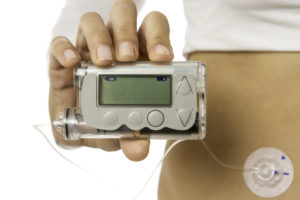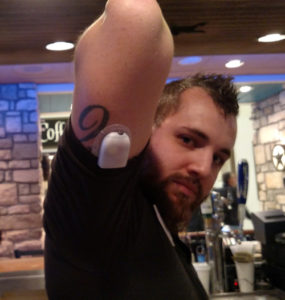
Market Outlook: Keep Wearable Injectors Flexible, Affordable, and Comfortable
The wearable injectors market is primed for growth following the developments and FDA approvals of recent years.
Although commonly associated with insulin pumps, wearable injectors are only superficially similar. Whereas insulin pumps gradually provide the body with insulin on a constant basis, wearable injectors are designed to deliver up to 50 milliliters of a therapeutic agent at specific intervals before being thrown away.
Unlike insulin pumps, which patients may use for years, wearable injectors are temporary by design.
This difference provides a clear path forward to manufacturers who are interested in developing solutions for this burgeoning industry.
New Demands for New Devices
 Wearable injectors will soon be the method of choice for doctors to give patients delayed doses of therapeutic biologics. Relying on the patient to self-administer aggravates the risk of non-adherence, as patients may forget the recommended hour or dosage for injection.
Wearable injectors will soon be the method of choice for doctors to give patients delayed doses of therapeutic biologics. Relying on the patient to self-administer aggravates the risk of non-adherence, as patients may forget the recommended hour or dosage for injection.
The average of multiple studies into non-conforming non-adherence places this risk around 50 percent. This is especially true for patients who aren’t immediately suffering from unpleasant symptoms. It’s very easy for such a patient to simply forget about the treatment they were supposed to administer after 6 hours, or every 24 hours for a week, for example.
For wearable injectors to solve this problem, they need to address three main points:
- Flexibility. Wearable devices are becoming smaller, more intricate, and more fully-featured. A wearable injector needs to be able to reliably work while the patient is in movement. This protects the device against possible damage in the process.
- Affordability. Since wearable injectors are designed to be thrown away after they deliver their payload, they must be inexpensive enough for practical use in a wide variety of scenarios. Otherwise, doctors may choose to use pre-filled syringes – a major competitor.
- Comfort. This is where automatic injectors offer a robust advantage when compared to syringes, pre-filled and otherwise. The fundamental comfort that thermoplastic elastomers and heat staking offer when combined is greater than any other presently available option. Continued focus on this element will ensure success in the wearable device market.
Manufacturing Disposable Wearable Medical Devices
The Freedonia Group projects that world demand for medical disposables will increase to $273 billion by 2020. One of the motives behind this growth is an increasing capability to make new treatments available in a disposable format.
Wearable injectors are just a small part of this growing market. Manufacturers will need to invest in top-performing plastic assembly equipment rated to match increasing demand for innovative medical products and solutions.
Not only is plastic assembly important for the manufacturer of disposable wearable medical devices, but it is also crucial in the packaging phase.
Since these devices need to adhere to the same sterile clinical conditions enjoyed by other wearable medical devices, manufacturers will need to invest in equipment that offers a scalable, cost-effective way to create tightly sealed medical packaging.
Thermal Press offers heat staking and heat sealing machinery and solutions for the medical pump and medical packaging using the latest technologies.